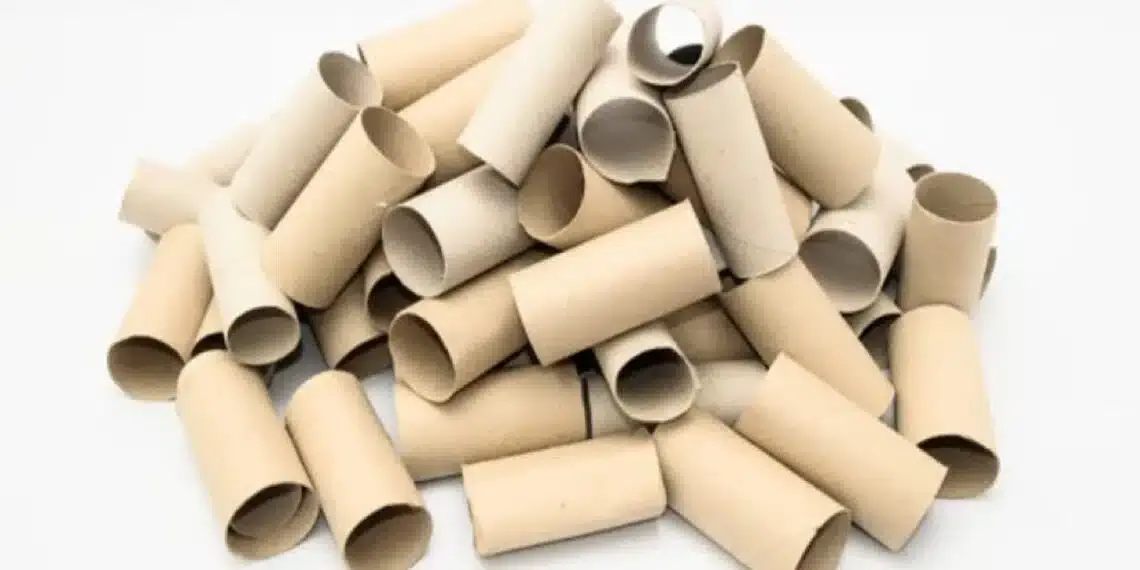Every home produces them – empty toilet paper rolls. Most of the time, they’re tossed straight into the trash or recycling bin without a second thought.
But what if those humble cardboard tubes could be transformed into eco-friendly gardening tools that save money, reduce waste, and boost plant health?
Gardeners have long embraced creative upcycling, and toilet rolls are one of the easiest materials to reuse. They’re biodegradable, versatile, and free, making them perfect for a variety of garden hacks.
Why Toilet Paper Rolls Are Useful in the Garden
Before jumping into the hacks, let’s explore why toilet paper rolls are such a powerful gardening ally:
- Biodegradable: They break down naturally in soil without harming the environment.
- Soil-Friendly: As they decompose, they add organic matter that improves soil structure.
- Accessible & Free: Unlike store-bought seed pots or garden supplies, toilet rolls cost nothing extra.
- Customizable: You can cut, fold, stack, or shape them for different garden uses.
Now, let’s get into the 7 best ways to reuse them in your garden.
1. Toilet Roll Seed Starters
One of the most popular uses for toilet rolls is turning them into biodegradable seed pots.
How to Do It:
- Cut four slits on one end of the roll.
- Fold the flaps inward to create a bottom.
- Fill with seed-starting mix.
- Plant your seeds and water gently.
- Once seedlings are strong, transplant the entire roll into the garden.
Benefits:
- Roots grow right through the cardboard, reducing transplant shock.
- No need for plastic seed trays.
- Rolls keep soil moist longer.
Pro Tip: Place rolls in a shallow tray to keep them upright until seedlings are ready to move outdoors.
2. Root Training Tubes for Deep-Rooted Plants
Some plants, like beans, peas, and sunflowers, thrive when their roots grow deep. Toilet rolls provide the perfect mini root-training system.
How to Do It:
TO CONTINUE READING THE ARTICLE PLEASE SEE PAGE 2
